Prepare Your Campus With State-of-the-Art Security Solutions
School administrators and facilities decision makers have enough to worry about. So, when they hear about new technology like the Internet of Things, it’s understandable they don’t have the time to learn about it and implement it in their campuses.
But while the Internet of Things (IoT) sounds lofty, it’s pretty simple: a set of connected devices that work together to accomplish a task—in this case, securing your property. It’s not some theoretical tech innovation, but a practical, forward-thinking tool that improves your K12 school’s physical and environmental safety.
These tools help leadership stay proactive in high-stakes scenarios while maintaining optimal conditions for day-to-day operations. In this blog, we won’t focus on tech theory but rather on real-world applications and how IoT sensors, in particular, deliver immediate results.
Real-Time Threat Detection
The most obvious and recognizable way to use IoT sensors is to monitor unauthorized access and perimeter breaches. Your security installer will deploy sensors throughout your school boundaries. If these sensors detect unauthorized entry attempts (say, after hours or to prohibited areas), the system sends instant alerts to your security personnel or law enforcement.
You also want to reinforce your main access points with door and window sensors. These can be motion sensors like those on your perimeter, along with glass break sensors that will more clearly delineate an attempted breach. In those cases, the IoT software activates the alarm and notifies the authorities.
We also recommend linking your IoT sensors to AI-powered cameras. Instead of recording 24/7, these cameras coordinate with your sensors to only record when they detect movement or, more specifically, suspicious activity. This makes it easier to find relevant footage after an event without reviewing hours of nothing happening.
Visual Firearm Detection
These systems utilize cutting-edge AI and computer vision to detect firearms in real-time using existing security camera infrastructure. When a weapon is identified, the system immediately notifies campus security and local law enforcement, enabling swift action that can help prevent tragedy. By spotting visible firearms before any shots are fired, VFD technology provides proactive threat detection and delivers critical intelligence within seconds—dramatically improving emergency response times and enhancing overall safety.
Emergency Response Integration
The next step is to move from identification to action by linking your IoT sensors to direct emergency response integrations. These can be activated by panic buttons or specific lockdown triggers.
When a panic button (physical or mobile) is pressed or a sensor detects a critical event (such as unauthorized entry or gunshot detection), IoT solutions automatically initiate a lockdown across the campus. This includes locking doors, activating alarms, and communicating lockdown instructions on digital signage or via mass notification systems. It also activates instant alerts for staff, students, first responders, and parents.
Once you reach this stage of multi-tiered integration, it’s important to work with a professional installer who can advise you on strong cybersecurity measures and interoperability between devices. We’ll work directly with administrators to deploy the emergency response chain that aligns with your emergency response drills.
Environmental Monitoring
IoT sensors are a great way to monitor your school’s environment to optimize safety and comfort. Specialized sensors track indoor air quality (IAQ) parameters. The most common use is for CO2 monitoring, but it also supervises the presence of VOCs (volatile organic compounds) and humidity.
As with the other applications above, IoT sensors don’t act on their own. When you exceed certain thresholds, your system jumps into action. Sometimes, that means aiding immediate evacuation responses by flashing lights to the nearest exit and unlocking doors. In other cases, you only need more subtle ventilation and filtration changes.
Your IoT sensors also link up with your HVAC system in two ways. One is to improve air quality by increasing or decreasing outdoor air intake. Second, sensors can optimize your HVAC performance by flagging issues by tracking air flow, temperature, and humidity.
Finally, you reduce the risk of costly repairs by adding IoT-based leak sensors. These should go near pipes, ceilings, and HVAC conduits. These sensors monitor for excess moisture and alert maintenance staff immediately of leaks to avoid mold growth and property damage.
Vaping Deterrence
One of the biggest benefits of IoT technology is how it adapts to changing needs. IoT Sensors are now helping curb the growing popularity of vaping on school campuses. Vape detectors monitor air quality for chemicals and aerosols unique to vaping.
When vaping is detected on your campus, you can send an instant alert to administrators and school staff. This helps to isolate common vaping areas and increase security there, discipline parties involved, and educate the entire school on the risks of vaping if you see increasing usage patterns.
If you want to learn more about how to implement IoT solutions in your school campus, we’re here to answer all your questions. Contact our security experts by calling or filling out our contact form.



















